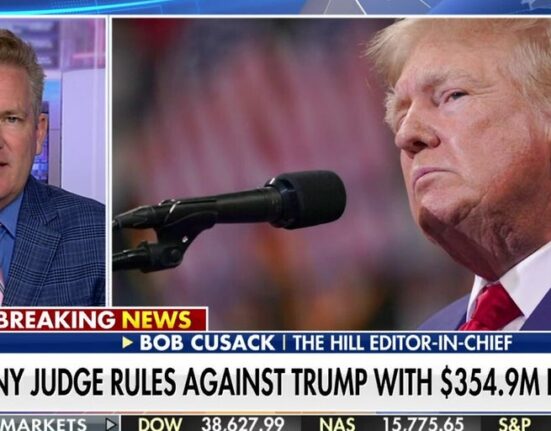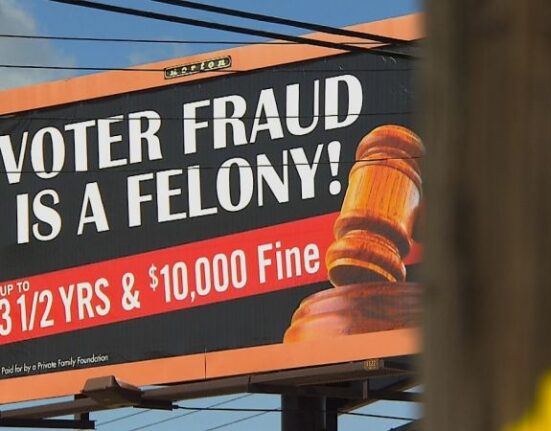The halls of power in Washington D.C. were abuzz with controversy as the Trump administration set its sights on an unexpected target – the Library of Congress. Despite its name, which clearly indicates its affiliation with Congress, President Donald Trump and his team made a bold move to assert control over this bastion of knowledge and research.
In a surprising legal maneuver, administration lawyers argued that the Library of Congress should fall under executive jurisdiction, challenging the long-standing assumption that it belongs to the legislative branch. This move was just one piece of a larger puzzle as Trump sought to blur the lines separating the branches of government and expand his authority in unprecedented ways.
As tensions simmered between the executive and legislative branches, experts weighed in on the implications of this power struggle. Kevin Kosar, a senior fellow at a libertarian think tank, highlighted the broader significance of these actions by stating,
“This is part of a larger effort to turn the president into an even bigger policymaker.”
The push to redefine institutional boundaries raised concerns about unchecked presidential authority and its impact on governance.
The controversial initiative extended beyond mere rhetoric as Trump’s Department of Government Efficiency (DOGE) attempted to influence other key agencies like the Government Accountability Office (GAO) and independent entities such as the U.S. Institute of Peace and Corporation for Public Broadcasting. These aggressive maneuvers signaled a concerted effort to reshape federal institutions in alignment with the administration’s agenda.
Amidst these power plays, questions arose about constitutional norms and separation of powers. Anne Joseph O’Connell, an administrative law professor at Stanford Law School, emphasized how redefining executive authority could have far-reaching consequences:
“If successful in court, this claim would radically transform executive power.”
The clash over institutional control underscored deeper philosophical divides about governance principles and democratic checks and balances.
One particularly contentious move involved Trump’s dismissal of key figures within these institutions, including Kim Sajet from the National Portrait Gallery. This high-profile ouster sparked debates about political partisanship versus institutional integrity within federally funded entities. The implications reverberated across Washington as lawmakers grappled with preserving congressional oversight amidst mounting challenges to established norms.
At the heart of this battle lay not just bureaucratic control but access to information and resources held by the Library of Congress. Staff members expressed concerns about potential interference in sensitive areas such as copyright databases, research requests from lawmakers, or collections documenting marginalized voices in American history. The specter of political interference loomed large over these archival treasures as employees feared erasure or manipulation under new leadership.
As resistance mounted against efforts to exert executive influence over congressional domains like GAO or Library functions like data management systems, debates intensified around safeguarding institutional autonomy amid changing political tides. Senator Susan Collins underscored this point by advocating for clear delineation between congressional institutions’ leadership appointments versus external influences seeking to wield undue leverage.
Throughout this saga unfolding within hallowed corridors where laws are debated and decisions made, one thing remained clear – at stake was more than just turf wars; it was ultimately about defending democratic ideals enshrined in America’s governance structures against attempts at consolidation or abuse of power.









Leave feedback about this